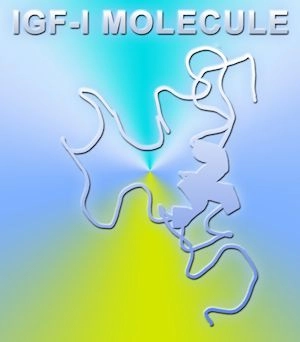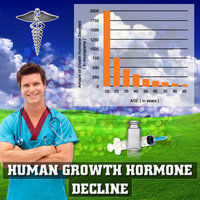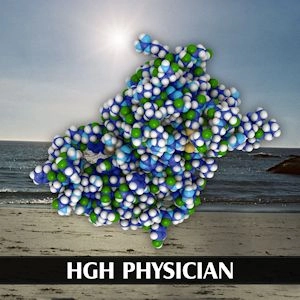Reading Time: 2 minutesIntroduction Prostatitis-like symptoms in men can be a source of significant discomfort and concern, often leading to a diagnostic challenge for healthcare providers. In hypogonadal men, these symptoms may mimic those of infectious prostatitis, yet their etiology and management can differ markedly. This article aims to elucidate the differentiation between prostatitis-like symptoms in hypogonadal men and infectious prostatitis, and to discuss the potential benefits of testosterone therapy in managing these symptoms, with a focus on American male patients. Understanding Prostatitis-Like Symptoms in Hypogonadal Men Hypogonadism, characterized by low testosterone levels, can manifest in various ways, including sexual dysfunction, fatigue, and … Continue reading →













